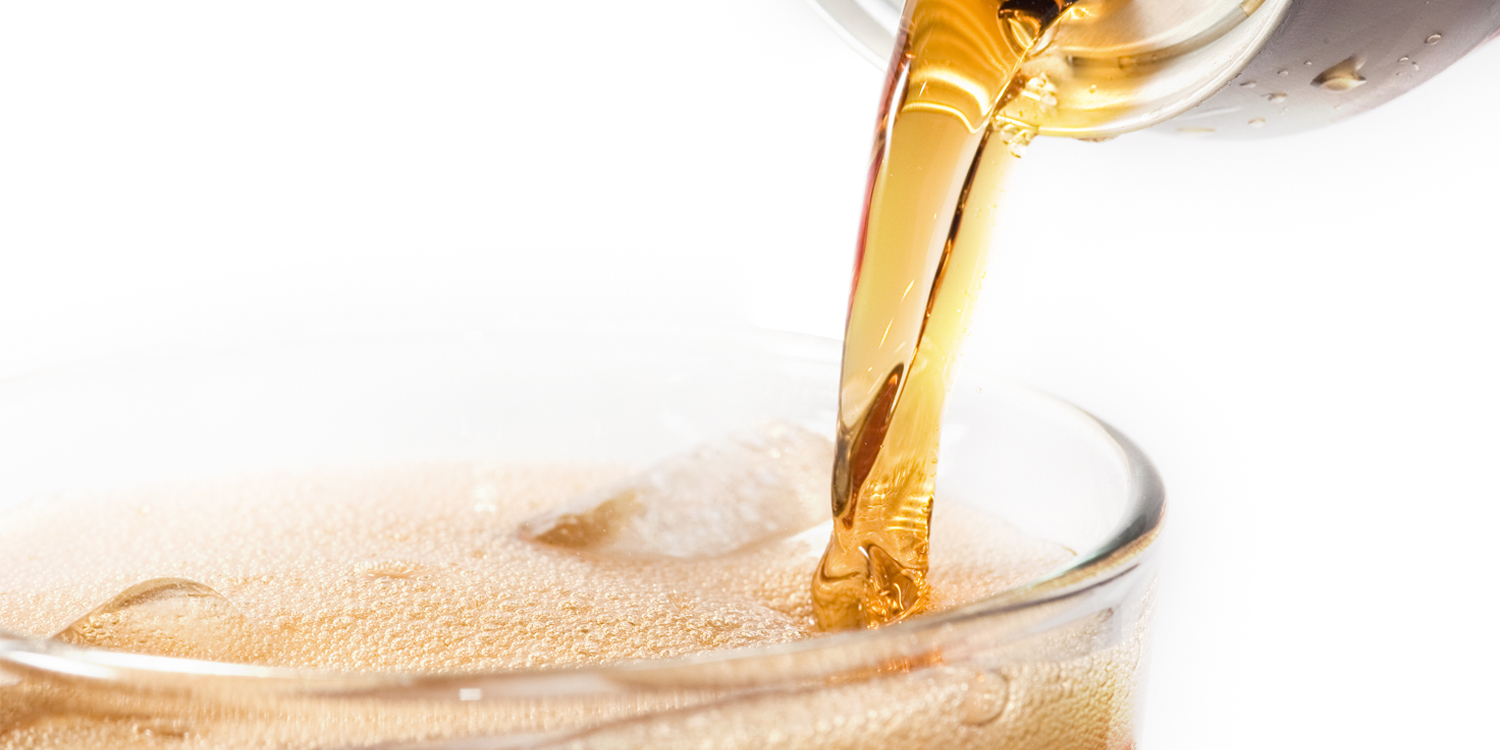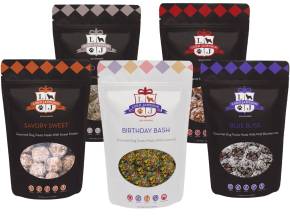Are you confused about the print and TV ads being promoted by the Corn Refiners Association? You know, the ones that imply that high-fructose corn syrup (HFCS) is essentially the same as table sugar? Don’t believe it.
It’s true that HFCS and table sugar (sucrose) both contain fructose and glucose, and they provide the same number of calories. But there are significant differences. Many health experts pin the nation’s obesity epidemic on HFCS, at least in part. Here’s why:
HFCS is manufactured by altering corn’s naturally occurring starch molecules. This leaves the fructose molecules in HFCS “free and unbound”—and more easily absorbed by the body.
Table sugar is exactly half fructose and half glucose, but the standard formula for HFCS is 55 percent fructose, 42 percent glucose, and 3 percent higher saccharides (large sugar molecules).
An analysis of sweetened beverages published this year in the journal Obesity found disturbing news. “Several major brands appear to be produced with HFCS that is 65 percent fructose,” wrote medical researchers from the University of Southern California. The mean fructose content of the 23 beverages tested was 59 percent, significantly higher than the 55 percent claimed by the CRA.
The Corn Refiners Association states that HFCS “is made from corn, a natural grain product.” The key phrase here is made from. “It’s not natural—it’s highly processed,” says Michael F. Jacobson, PhD, of the Center for Science in the Public Interest.
Most, if not all, of the corn used to produce HFCS has been genetically modified.
In two recent studies at Princeton University, rats fed HFCS gained substantially more weight than those fed equal amounts of table sugar. The rats also experienced increased fat in the abdominal region and an increase in triglycerides, a type of fat that circulates in the blood.




